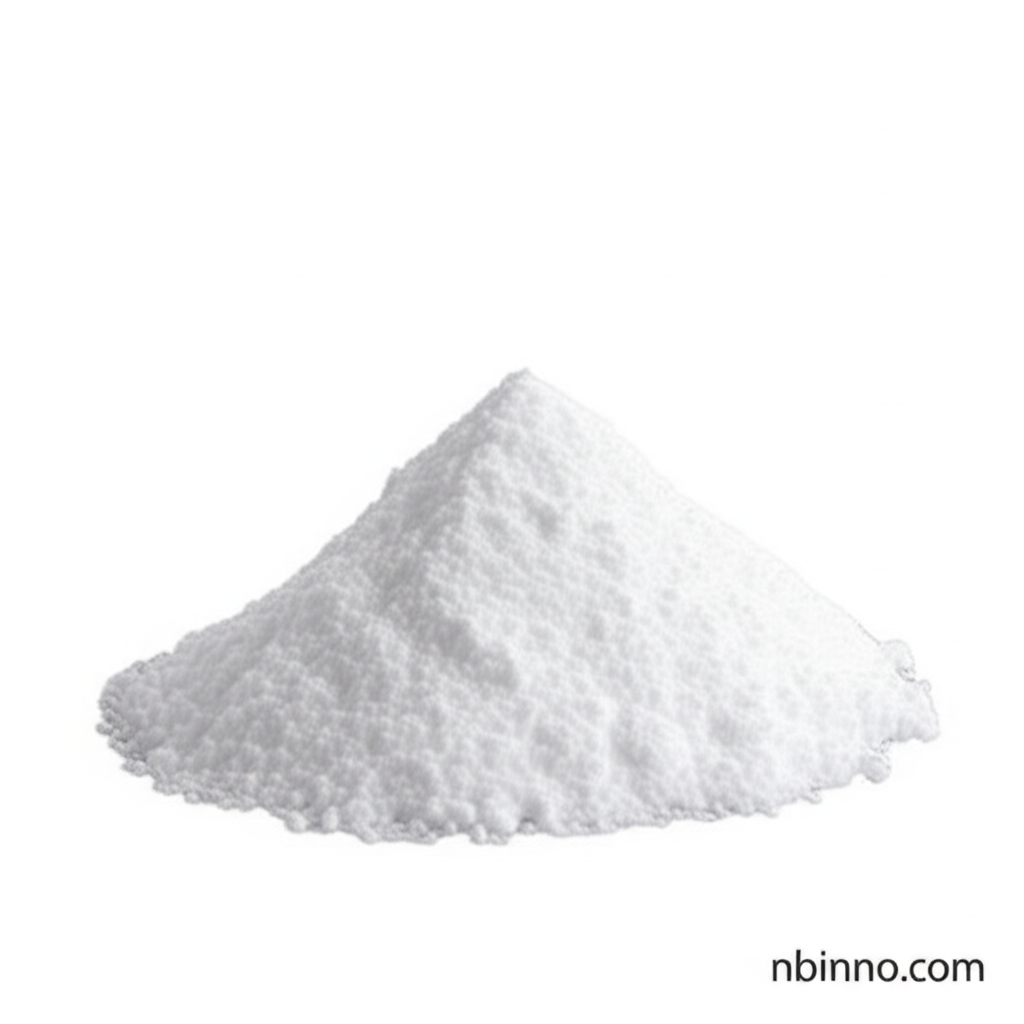Fmoc-(R)-3-Amino-3-(2-fluorophenyl)propionic Acid: A Key Building Block for Peptide Synthesis and Drug Discovery
Unlock advanced peptide synthesis and novel drug development with this crucial fluorinated amino acid derivative.
Get a Quote & SampleProduct Core Value

Fmoc-R-3-Amino-3-(2-fluorophenyl)propionic Acid
This advanced chiral building block is essential for modern peptide synthesis and pharmaceutical research. Its unique structure, featuring an Fmoc protecting group and a 2-fluorophenyl moiety, offers enhanced bioactivity and stability, making it a preferred choice for developing sophisticated peptide-based therapeutics. Researchers leverage this compound to construct complex peptide sequences with precision, crucial for targeted drug candidates.
- Utilize this Fmoc-amino acid in advanced peptide synthesis to create complex therapeutic molecules with high purity and yield.
- Explore novel drug development avenues by incorporating this fluorinated building block for enhanced bioactivity and stability in new drug candidates.
- Facilitate precise bioconjugation processes by linking biomolecules to therapeutic agents, critical for targeted therapies in areas like cancer treatment, using this compound.
- Investigate structure-activity relationships and protein interactions through analytical chemistry, gaining insights for optimizing lead compounds with this valuable intermediate.
Key Advantages Provided by This Compound
Enhanced Bioactivity
The presence of the 2-fluorophenyl group in this Fmoc-amino acid significantly boosts the bioactivity of synthesized peptides, crucial for potent drug development and exploring targeted therapies.
Superior Stability
The fluorinated aromatic ring contributes to improved chemical and metabolic stability, ensuring longer efficacy and better pharmacokinetic profiles for peptide-based pharmaceuticals.
Mild Deprotection Chemistry
The Fmoc protecting group allows for selective deprotection under mild conditions, preserving the integrity of sensitive peptide chains during complex synthesis processes.
Key Applications
Peptide Synthesis
As a protected amino acid derivative, it's fundamental for solid-phase and solution-phase peptide synthesis, enabling the construction of complex peptides for pharmaceutical applications.
Drug Development
Its unique structural features make it valuable for designing novel therapeutic agents, particularly in areas requiring enhanced bioactivity and stability, such as oncology and neuroscience.
Bioconjugation
This compound can be employed in linking biomolecules to therapeutic payloads or imaging agents, essential for creating targeted drug delivery systems and diagnostic tools.
Medicinal Chemistry Research
It serves as a versatile intermediate for exploring structure-activity relationships and optimizing pharmacokinetic properties of potential drug candidates in preclinical research.
